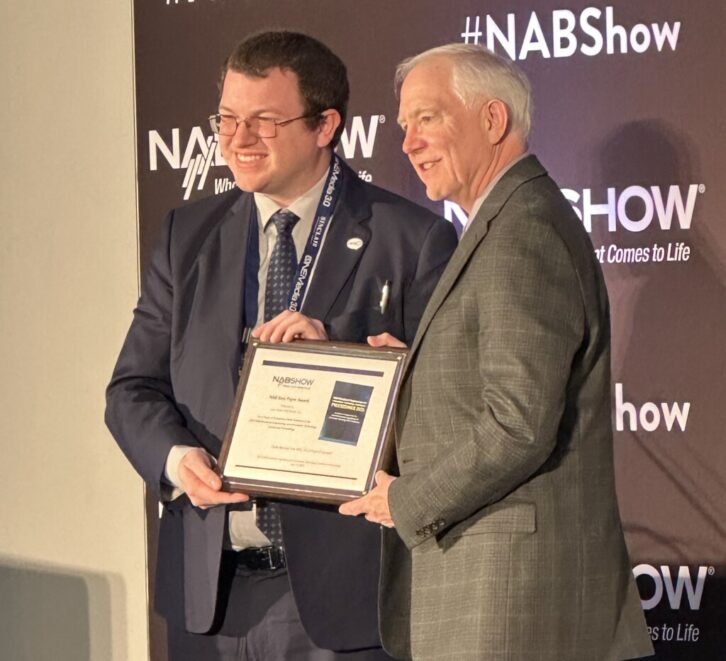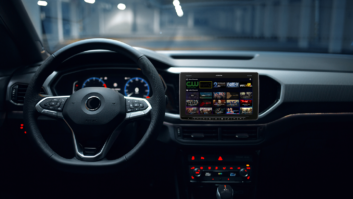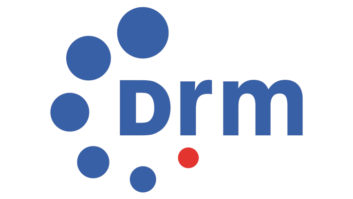Doug Lung of our sister publication TV Tech wrote a piece about ATSC 3.0 innovations that were discussed at the NAB Show. The excerpt below is about efficient data transmission for audio services over ATSC 3.0; it is an update to a story Radio World has been following. (Read our earlier story with Mark Aitken.)
At first, the idea of sending audio broadcasts (radio) over ATSC 3.0 sounds simple. The ATSC 3.0 standard includes options for Dolby AC-4 and MPEG-H multichannel audio.
However, as Liam Power from One Media pointed out in the paper “Audio Services Over ATSC 3.0: A Proof of Concept,” transmitting audio to receivers in vehicles in a bandwidth-efficient manner is not that simple.

Designing an efficient ATSC 3.0 radio system requires selecting an audio codec compatible with a wide range of clients that delivers sufficient quality using the least amount of bandwidth, finding a method for transmitting the audio in the ATSC 3.0 signal with the least amount of overhead and complexity on the receiver side, and selecting physical layer parameters that provide a reliable signal in a mobile environment.
One Media found the xHE-AAC codec met audio requirements at bit rates as low as 24 kbps. Dolby AC-4 performed well at 48 kbps but due to encoder restrictions could not be tested at less than 48 kbps. Support for Dolby AC-4 is also limited in client devices, particularly on computers and mobile devices, compared to the HE-AAC family of codecs. For the proof-of-concept, HE-AACv2 was used as it currently has wider support than xHE-AAC.
The proof-of-concept used the “UserDefined” table in the ATSC 3.0 standard to provide signaling information for the audio transmitted as a transport stream embedded in RTP UDP data.
The demonstration used 16.66% of the total ATSC 3.0 signal capacity to provide 15 radio services at 45 kbps each (675 kbps total). A QPSK 11/16 modcod physical layer pipe (PLP) with a calculated 6.3 dB SNR requirement was used for audio. Test drives showed reception comparable (or better) than local FM radio stations. Refer to the paper in the BEIT Proceedings for more detail on how the parameters were selected and potential improvement in future designs.
Liam Power’s paper won “Best Paper” at the engineering conference.
For more about ATSC 3.0 at the spring show, read the full article by Doug Lung.







